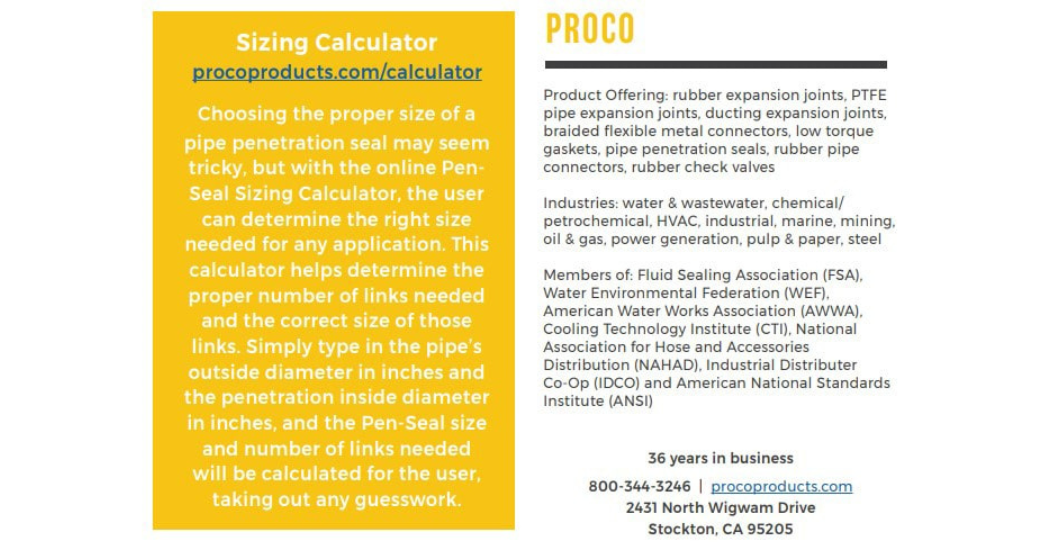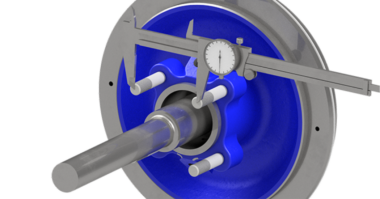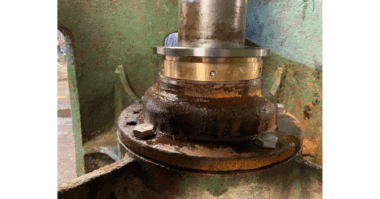What Your Operation Needs When It Comes To Gases and Watertight Seals
When designing a pumping system—or refurbishing, reconfiguring, or expanding one—users may be faced with sending a pipe through a tank, wall, floor, or vault. Sealing a pipe-through so that no substance—gas or liquid—leaks is of the utmost concern. Not only could the failure to create a gas or watertight seal create loss of efficiency or product, but it could result in a safety issue for personnel.
The use of a pipe penetration seal is a reliable tool in such cases. A pipe penetration seal should be selected for the specifics of the application, considering available materials, temperature ranges, sizes, and the environment in which it will be installed.
A pipe penetration seal forms a mechanical rubber seal in the annular space between the pipe and the wall opening where the pipe penetrates the wall. It also forms a seal between inner pipe and outer pipe sleeves or pipeline casings. The seal should be able to achieve efficiency and work in a conjunction with any electrical conduit, concrete, cast iron, steel, copper or PVC/CPVC (polyvinyl chloride/chlorinated polyvinyl chloride) pipes passing through walls, floors, tanks, pipeline casings and vaults.
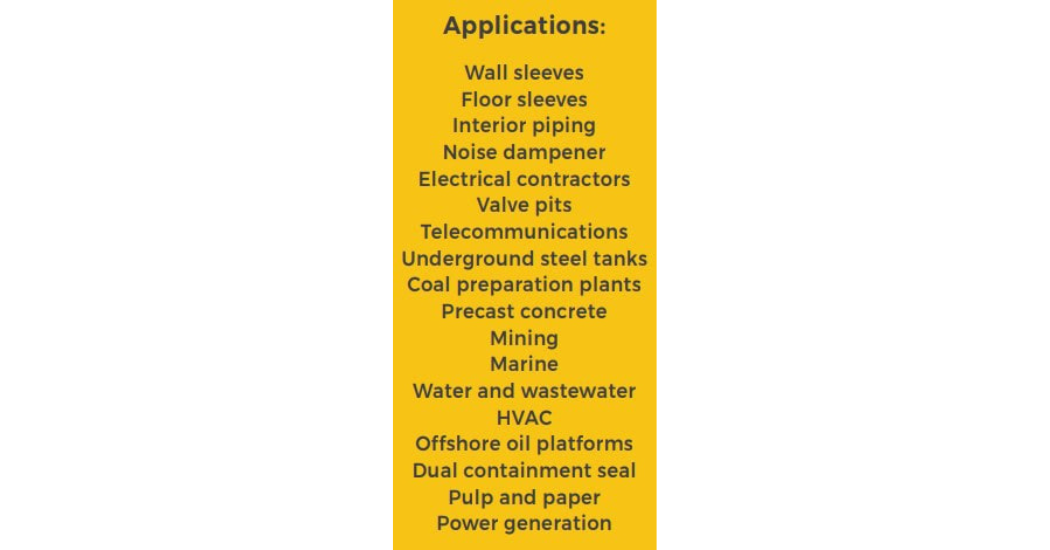 Material Considerations
Material Considerations
The Pen-Seal from Proco Products has been tested and will withstand a hydrostatic seal up to 20 pounds per square inch gauge (psig) or 40 feet of head pressure and temperatures up to 250 F (121 C) and -40 F (4 C). The Pen-Seal uses glass-reinforced plastic, and the hardware is made of steel zinc dichromate. To ensure corrosion resistance, 316 stainless steel is also available. Nitrile can also be used if the pipe penetration seal will come in contact with hydrocarbons, oil, gas, or miscellaneous solvents.
EPDM—or ethylene propylene diene monomer rubber—is the standard elastomer material for the Pen-Seal. This material is suitable for most water applications. The above ground and direct burial provides electrical insulation where cathodic protection is required. It is used to control corrosion of a metal surface by making it the cathode—the negatively charged electrode by which electrons enter an electrical device—of an electromechanical cell.
The alternatives to the use of pipe penetration seals—expandable foams and caulks—not only have 10 to 14 days of curing time, but they have to be reapplied to maintain the seal. A pipe penetration seal is a more permanent solution, saving time and cost on maintenance.
In the case of the Pen-Seal, it is resistant to sunlight and ozone and absorbs vibration, shocks, and sound waves. Insulating inner pipe from other structures including out pipe sleeves, pipeline casings, walls and tanks is also a feature. In additional, the nuts and bolts are plated with an anti-corrosive coating. Stainless steel nuts and bolts are also available.
Note: When a Pen-Seal is being used to seal a gap in electrical conduit lines, it acts as an incubator.
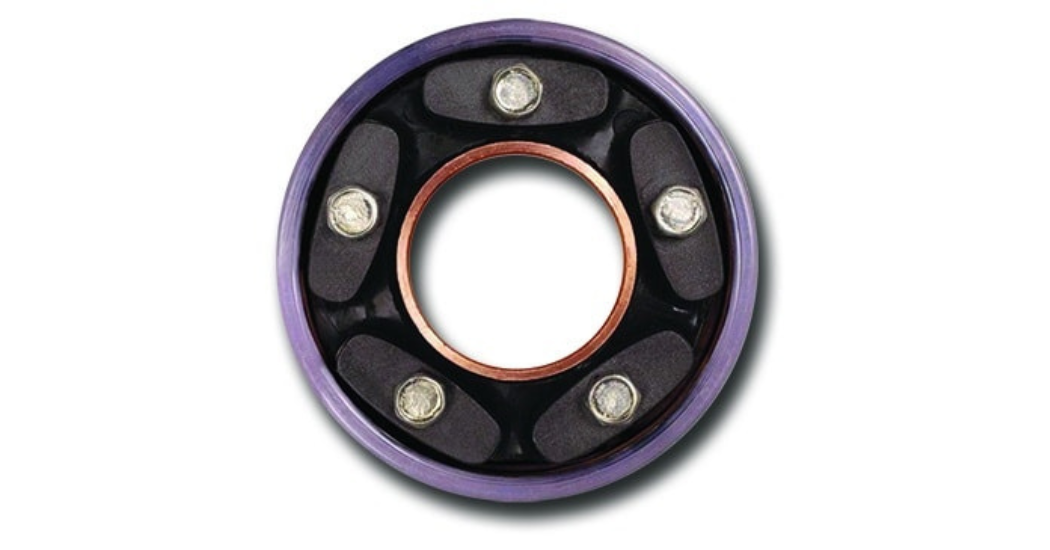 Proper Installation Tips
Proper Installation Tips
- Center the pipe in the sleeve or core opening—support the pipe at both ends. Warning: The Pen-Seal isn’t a support and pipe shouldn’t be able to be adjusted during seal installation.
- Wrap the belt over the pipe and make sure the bolt heads are facing the installer.
- Connect the ends by passing the bolt through the seal holes, thread the bolt into the last pressure plate and tighten the bolt head until snug.
- For larger sizes, insert the assembly at a 6 o’clock position and push the remaining seal on both sides as you move towards 12 o’clock. Use a light solution of soapy water as a lubricant as needed.
- Using a rachet wrench, tighten the bolt moving around the belt in a clockwise direction, starting at 12 o’clock. Tighten each bolt four turns at a time max until a slight bulge between each pressure plate is visible. This will need to be repeated at least three times around the seal.
Note: Make sure pipe and opening are clean and free of irregularities.
Warning: Use of high- speed power tools can lead to over torqueing.


